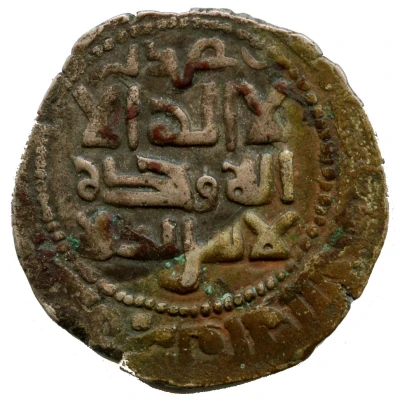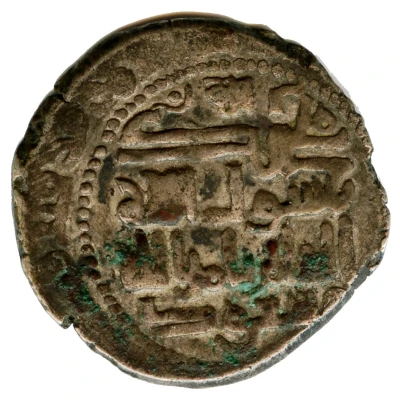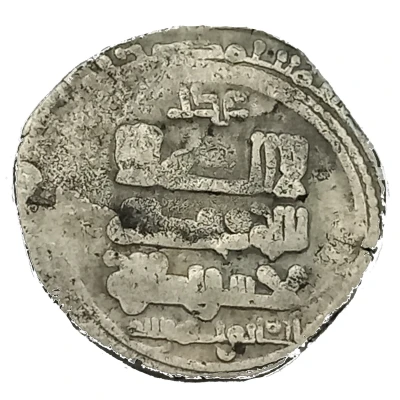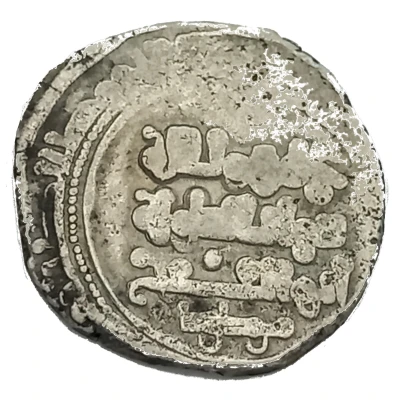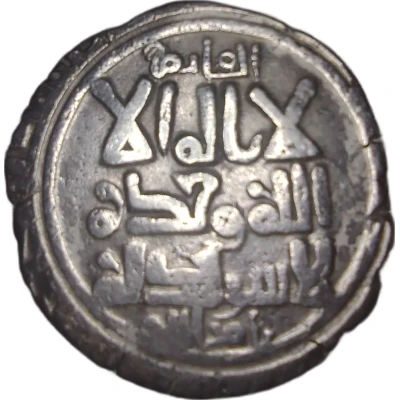
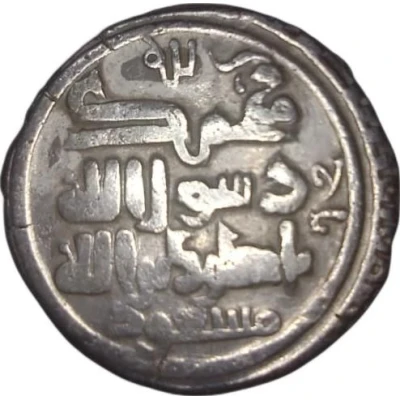

© Abbas Dhothar (CC BY-SA)
Dirham - Mas'ud I ND
| Silver | 3.28 g | 21 mm |
| Issuer | Ghaznavid dynasty |
|---|---|
| Sultan | Mas'ud I (1030-1041) |
| Type | Standard circulation coin |
| Years | 1030-1042 |
| Value | Dirham (0.7) |
| Currency | Dinar (977-1186) |
| Composition | Silver |
| Weight | 3.28 g |
| Diameter | 21 mm |
| Thickness | 0.9 mm |
| Shape | Round (irregular) |
| Technique | Hammered |
| Orientation | Coin alignment ↑↓ |
| Demonetized | Yes |
| Updated | 2024-10-05 |
| Numista | N#397178 |
|---|---|
| Rarity index | 95% |
Reverse
Lettering:
للہ
محمد رسول الله
ناصر دين الله مسعود
Translation:
Muhammad is the Messenger of God
Nasir Din Allah Mas'ud
Comment
Mas'ud I of Ghazni reigned from 1030 to 1040AD (421-432H) as sultan of the Ghaznavid Empire. He usurped the throne from his younger twin brother Muhammad, who had been the designated heir chosen by their father, the well known Mahmud of Ghazni. Mas'ud would lose much of the western part of the empire to the Seljuqs during his reign, resulting in a rebellion and his gruesome demise.
The mint cities of Nishapur and Herat were lost to the Seljqus in 1040AD/432H. Most subsequent Ghaznavid dinars were then struck in Ghazna in debased gold (pale-gold). Source page 180
Interesting fact
The Dirham coin from the Ghaznavid dynasty, which was issued during the reign of Mas'ud I (1030-1042), features a unique blend of Islamic and pre-Islamic elements on its design. The obverse side of the coin bears the name of the ruler, Mas'ud, in Arabic, while the reverse side features an image of a fire altar, which is a symbol of the pre-Islamic Persian religion, Zoroastrianism. This blending of religious symbols reflects the cultural diversity of the Ghaznavid Empire, which was known for its tolerance of different religions and cultures.
